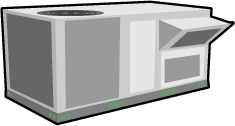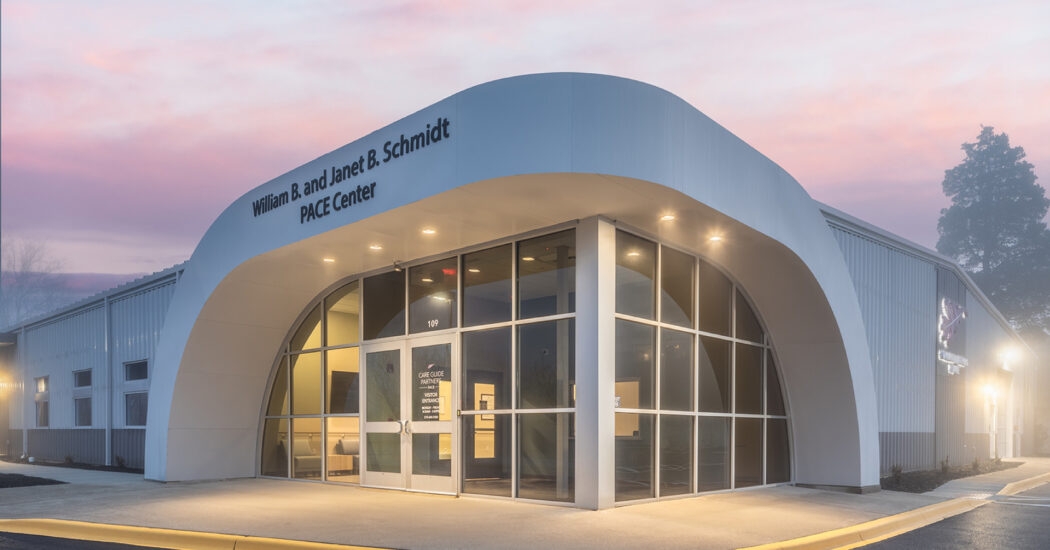Taking Control of Energy Costs in Your Healthcare Facility
-
Category
Studio-Healthcare, Innovation -
Posted By
Bill Gruen -
Posted On
Jan 20, 2021
Healthcare organizations must juggle numerous priorities—clinical outcomes, patient satisfaction, infection control, revenue cycle management, and physician and staff satisfaction to name a few. This often leaves something like energy conservation near the bottom of the list. With patient care at the forefront, reducing energy usage may even seem counterintuitive.
Building System Challenges
Most healthcare facilities are complex; they are the physical representation of the hospital’s life story. Centers of excellence, physician recruitment, census, case mix and case load, population demographics, and reimbursement all drive the design and function of a facility.
Many U.S. hospitals are the sum of decades of additions and renovations. And over time, mechanical, electrical, and plumbing infrastructure needs change, meaning building systems and types of equipment may vary between departments or floors. This can present a challenge when balancing energy management and efficiency with patient and clinician comfort and infection control.
Facilities directors, plant managers, and administrators then have the task of creating a meaningful plan to address energy- and cost-reducing measures that don’t compromise the environment of care but actively take control of energy spend.
Financial Implications
Across the U.S., hospitals spend over $6.5 billion on energy costs collectively every year, according to Energy Star. No matter how much of that pie your facility is responsible for, you have the potential to reduce it.
Let’s say your hospital operates at a 3% profit margin. This would mean every $1 you save on energy output would equate to $3 earned in revenue. (i.e. for every $3 you make, you net $1). If you reduced your utility expenditures by just $1,000 this year, that would be equivalent to $33,000 in your pocket. Money saved by reducing energy costs can be reallocated to a myriad of patient-facing initiatives, such as patient care, staff retention, capital reinvestment, or equipment upgrades.
Energy-saving strategies take a variety of forms, including some with low implementation costs. Optimizing building controls or updating lighting, for example, can realize a rapid return on investment without a lot of upfront investment.
But determining where you’re spending your energy dollars and identifying savings opportunities can be complicated and time consuming for both administrators and facilities professionals who are busy running the business of the hospital. So how do you make it happen?
Where to Start
A trusted energy partner can help you make smart decisions about your facilities. There are a few places you can start, depending on your current practices and the state of your building systems.
Energy Audit
An energy audit is the first step for most healthcare organizations in identifying energy reduction opportunities. It provides data on high-cost areas where you can implement conservation measures without compromising safety, health, and patient or clinician comfort.
An energy audit with a utility bill analysis and site visit will allow you to see both the initial implementation cost of recommendations, including purchasing and installing equipment, as well as ROI and any possible energy incentives for making efficiency improvements.
Learn more about energy audits.
Retro-commissioning (RCx)
Maybe you recently built or renovated your hospital in the past 3-5 years. Even newer facility systems can drift from commissioned settings, allowing utility costs to creep up.
Retro-commissioning (RCx) assesses a building’s energy performance and implements steps to return it to the original design intent. The resulting recommendations are low- and no-cost adjustments that optimize your equipment and systems.
Energy Optimization
Maybe you’ve had an energy audit or made some efficiency improvements in the past. But just as a patients’ health requires ongoing monitoring and maintenance, so do your building systems.
Consistent energy management planning and optimization monitors, tracks, and reduces energy usage and ensures continued efficiency.
Learn more about optimization.











